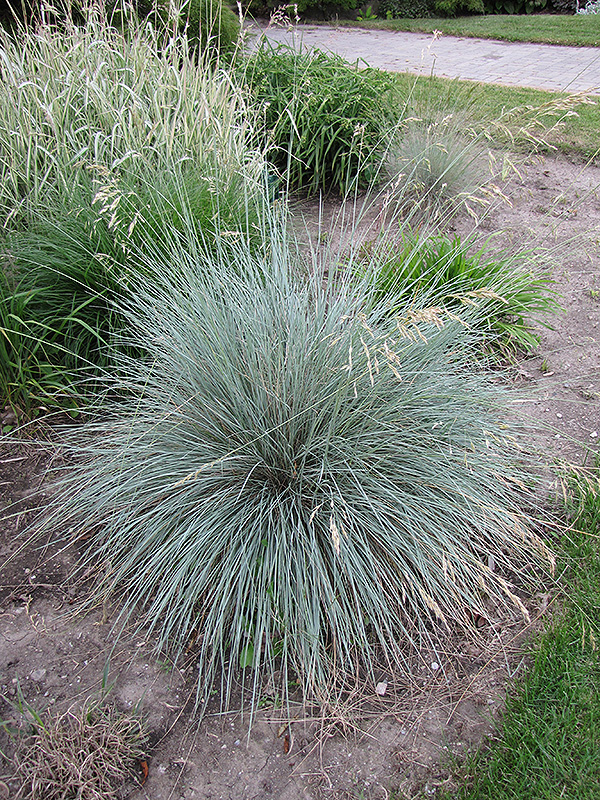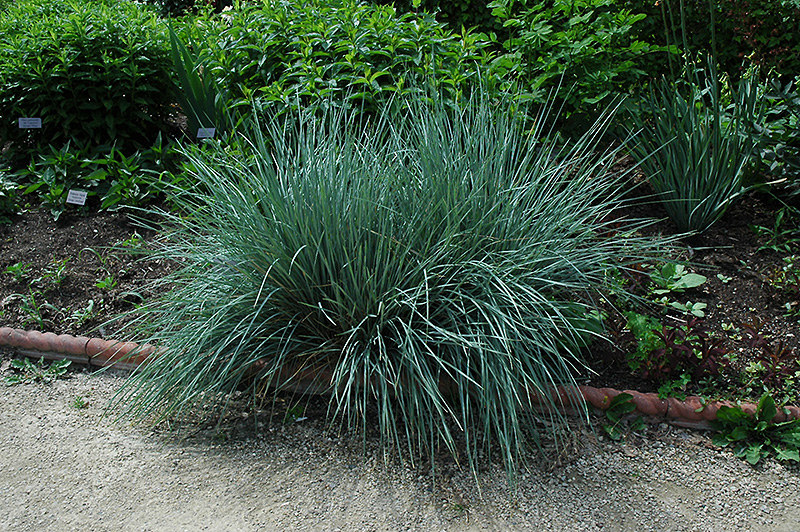Digging deeperPlant Library
Plant Height: 24 inches
Flower Height: 3 feet
Spread: 24 inches
Sunlight:
![]()
Hardiness Zone: 3
Ornamental Features
Blue Oat Grass' attractive grassy leaves remain steel blue in color throughout the year on a plant with a mounded habit of growth. The tan seed heads are carried on plumes from mid summer to late fall.
Landscape Attributes
Blue Oat Grass is an herbaceous evergreen perennial grass with a mounded form. It brings an extremely fine and delicate texture to the garden composition and should be used to full effect.
This is a relatively low maintenance plant, and is best cleaned up in early spring before it resumes active growth for the season. It has no significant negative characteristics.
Blue Oat Grass is recommended for the following landscape applications;
- Accent
- Mass Planting
- General Garden Use
Planting & Growing
Blue Oat Grass will grow to be about 24 inches tall at maturity extending to 3 feet tall with the flowers, with a spread of 24 inches. Its foliage tends to remain dense right to the ground, not requiring facer plants in front. It grows at a medium rate, and under ideal conditions can be expected to live for approximately 10 years. As an evegreen perennial, this plant will typically keep its form and foliage year-round.
This plant should only be grown in full sunlight. It prefers dry to average moisture levels with very well-drained soil, and will often die in standing water. It is not particular as to soil type, but has a definite preference for alkaline soils, and is able to handle environmental salt. It is highly tolerant of urban pollution and will even thrive in inner city environments. This species is native to parts of North America. It can be propagated by division.
A NetPS Plant Finder tool
This Plant Library is for informational purposes only. We may or may not carry the items listed. During many times of the year, we may carry many more plants in our store than are listed in the Plant Library. Please contact us directly at 303-690-4722 or visit our store for current availability and for assistance.

